Disaster Risk Reduction: Preparing for Emergencies
Plan, Prepare, Prevail: Mastering Emergency Readiness

10 Hours average completion time
1.0 CEUs
15 Lessons
16 Exams & Assignments
33 Reference Files
127 Articles
Mobile Friendly
Last Updated November 2025
Mastering Disaster Resilience: Strategies for a Safer Tomorrow
In a world that often seems tumultuous, every news notification might herald a fresh calamity--hurricanes, wildfires, floods, and more. While nature's fury is global, it's not just about the vast expanse of the world outside; it's about the safety of our homes, the wellbeing of our families, and the resilience of our communities. What if you could be better prepared? What if you had the tools to safeguard what you hold dear?
Enter the realm of Disaster Risk Reduction (DRR) - a robust approach tailored to ensure you're not just another statistic in the aftermath of a disaster, but a beacon of hope and strength.
Here's what our course offers:
-
Understanding Disasters: Delve into the anatomy of disasters, understanding their genesis, evolution, and the risks they manifest. We'll unravel how DRR strategies can be your armor against these unpredictable foes.
-
The Environment and DRR Nexus: Our world's health plays a pivotal role in the nature of disasters. Explore how the environment interplays with DRR and how our actions today can shape a safer tomorrow.
-
Harnessing Resources: A deep dive into the pivotal role of resources in disaster scenarios. Learn about their significance, management, and optimal utilization to bolster DRR initiatives.
Emergencies don't send calendar invites; they test our preparedness and resilience. Through "Disaster Risk Reduction in Emergencies," we aim to transform you from a passive observer to a proactive guardian, ready to face challenges head-on.
Are you geared up to fortify yourself and your community against the unpredictable? Dive in and shape a more resilient future!
- Disaster preparedness planning
- Infrastructural sustainability enhancement
- Crisis management proficiency
- Environmental impact analysis
- Strategic resource allocation
- Post-disaster recovery strategies
- Analytical risk assessment
- Human vulnerability assessment
- Community resilience building
- Effective communication during crises
-

Respectful International Workplace
-

Purchasing and Vendor Management 101
-

Business Budgeting 101: How to Plan, Save, and Manage
-

Introduction to Six Sigma
-

Decision Making Skills
-
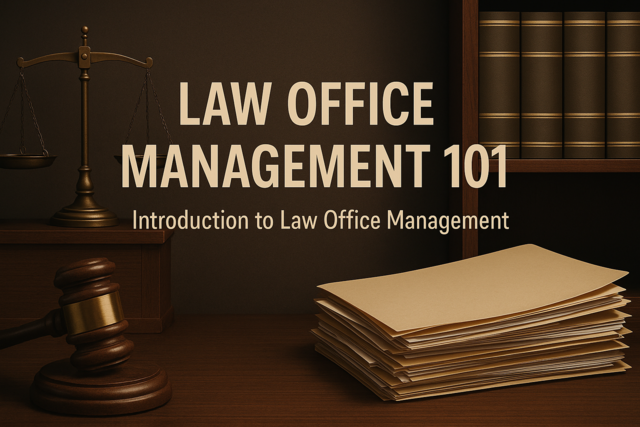
Law Office Management 101
-
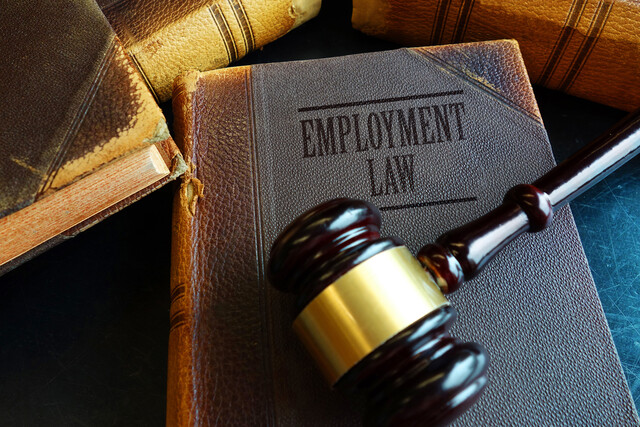
Employment Law Fundamentals
-

Launching Your Home Daycare Business
-
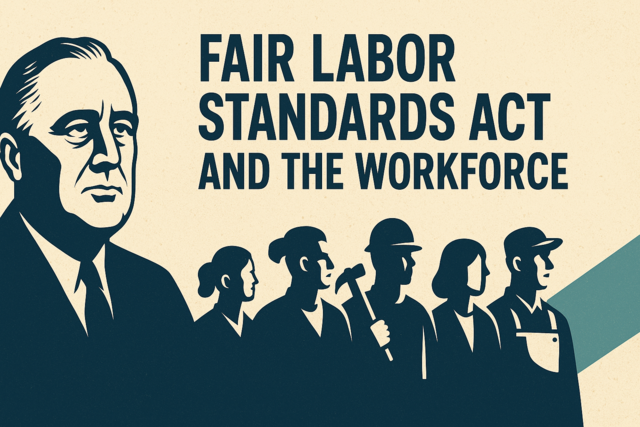
Fair Standards Labor Act and the Workforce
-

Operations Management 101
-

Team Building 101
-
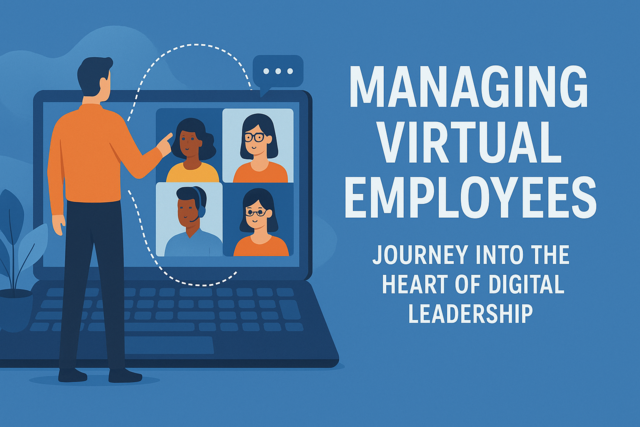
Managing Virtual Employees
-

Organizational Behavior in Business
-

Business Etiquette
-

SalesForce 101
-

Workplace Safety
-

Recruitment and Retention Strategies
-

Restaurant Management Mastery
-

Marketing Copywriter 101
-

Sensitivity Training for the Workplace
-

Problem Solving Strategies
-
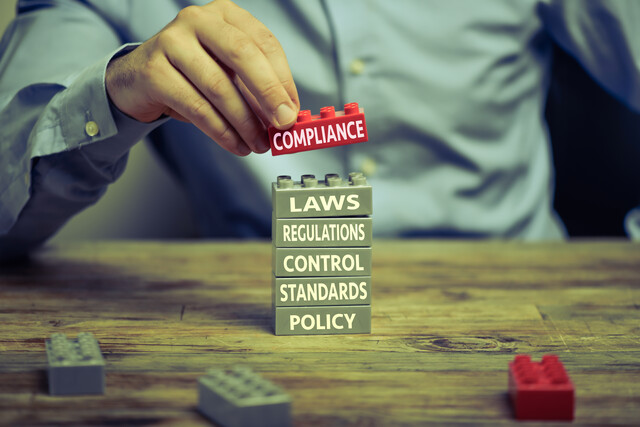
Understanding Workers' Compensation
-

Strategic Planning
-

Creating a Positive Work Environment
-

Lean Management